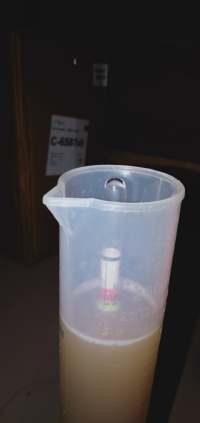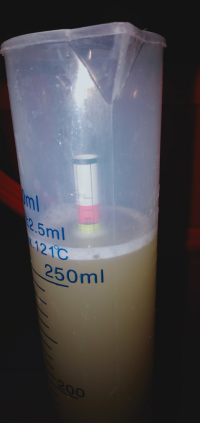hotbeer
Opinionated Newb
- Joined
- Mar 10, 2021
- Messages
- 3,090
- Reaction score
- 2,809
From my experience there is plenty of yeast in the beer. Many times I leave my beer in the fermenter till everything drops out of it and it's very clean and clear and also very dead looking. It still carbonates fine.Does Yeast still mix with the beer or do we've to add it for bottling?
As I mentioned though, if your ABV is at the yeasts limits for alcohol tolerance you might add some other more alcohol tolerant yeast. SafAle makes a F-2 yeast that they promote for such use. However I haven't used it. Though occasionally I have had some slow to carbonate bottles that took a little longer. So maybe this might have helped.
But the places I normally purchase from don't seem to carry it. Though it is also sold in 10 gram sachet's.
https://fermentis.com/en/product/safale-f-2/
If you see a clump of yeast or trub in your beer in your bottling pot of beer to be bottled, then I'd either remove it or mix it in till it's dispersed.
Oh.. Is there any chance of infection after bottling or there's an alcohol tolerance for bacteria?
IMO, there is always a chance for both bacteria or wild yeast to mess things up. So the less you mess with it and the more sanitary you keep everything, the better.
So always minimize the risk within what ever your set of reason says is needed.






























![Craft A Brew - Safale S-04 Dry Yeast - Fermentis - English Ale Dry Yeast - For English and American Ales and Hard Apple Ciders - Ingredients for Home Brewing - Beer Making Supplies - [1 Pack]](https://m.media-amazon.com/images/I/41fVGNh6JfL._SL500_.jpg)




























